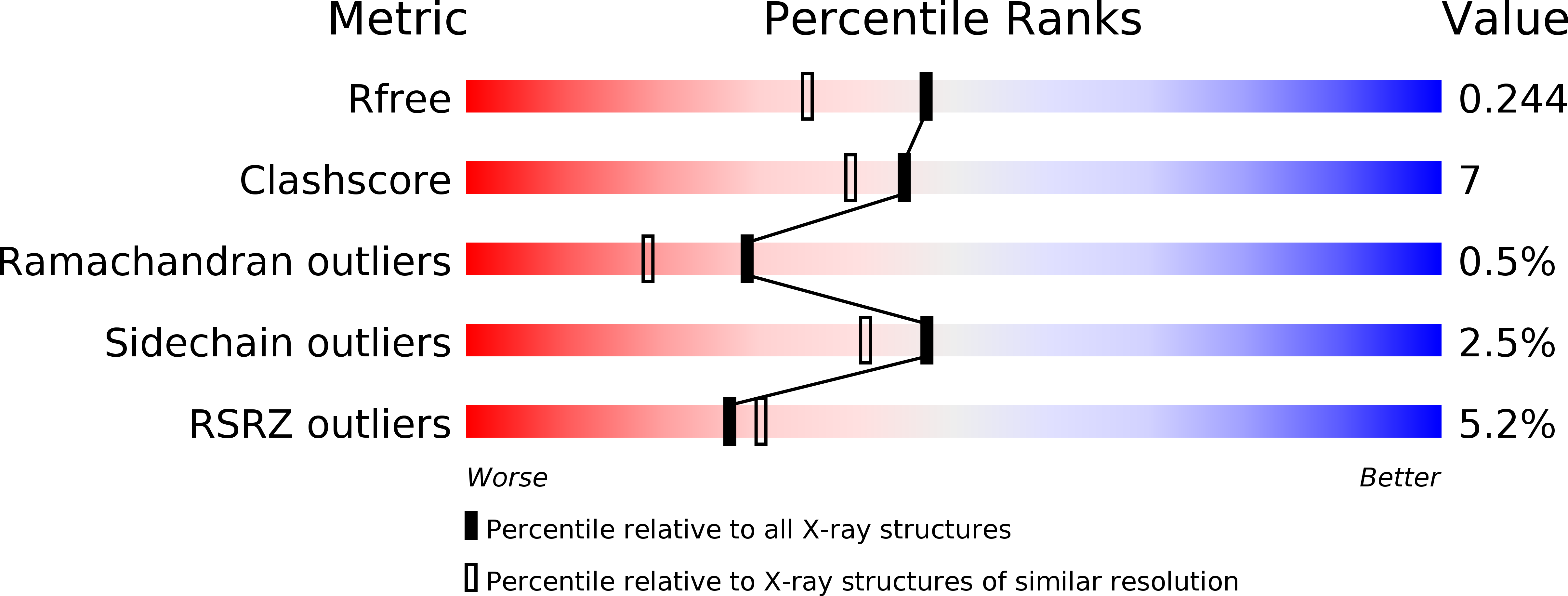
Deposition Date
2010-09-04
Release Date
2011-02-16
Last Version Date
2024-02-21
Entry Detail
PDB ID:
3OQV
Keywords:
Title:
AlbC, a cyclodipeptide synthase from Streptomyces noursei
Biological Source:
Source Organism:
Streptomyces noursei (Taxon ID: 1971)
Host Organism:
Method Details:
Experimental Method:
Resolution:
1.90 Å
R-Value Free:
0.23
R-Value Work:
0.18
R-Value Observed:
0.18
Space Group:
I 4


